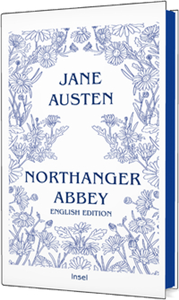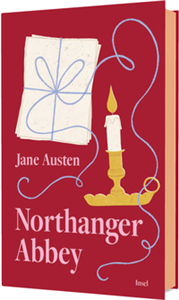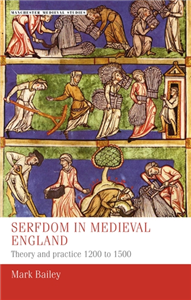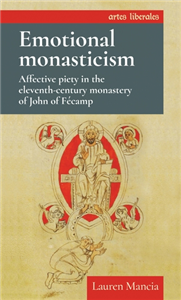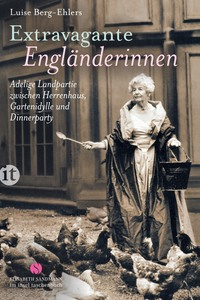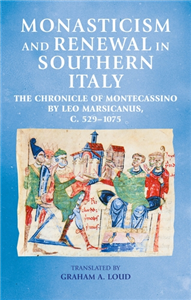Northanger Abbey
English Edition | Jane Austen's brilliant satire on the Gothic novel | Dark family secrets and hopeless emotional turmoil behind the walls of Northanger Abbey
by Jane Austen
Catherine Morland has always longed for adventure. Plain, inexperienced, and with little fortune, she seems destined for an ordinary life in the quiet countryside. To escape her boredom, she immerses herself in thrilling Gothic novels – until fiction and reality begin to blur.When she meets the charming Henry Tilney and receives an invitation to his family’s mysterious estate, Northanger Abbey, Catherine’s imagination runs wild. Are there sinister secrets hidden within its ancient walls – or has her fancy led her astray?Romance, intrigue, and dark suspicions intertwine in this witty and captivating tale from the beloved queen of romance. »Jane Austen is one of my favourite authors.« Emma Thompson


